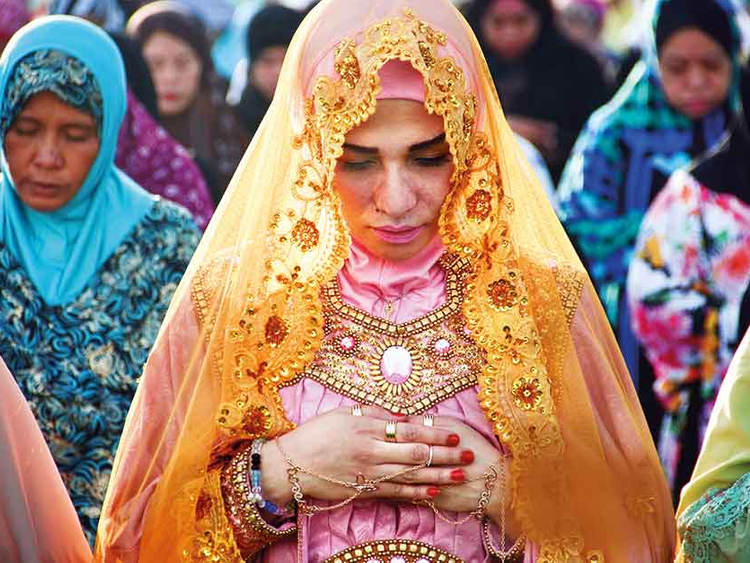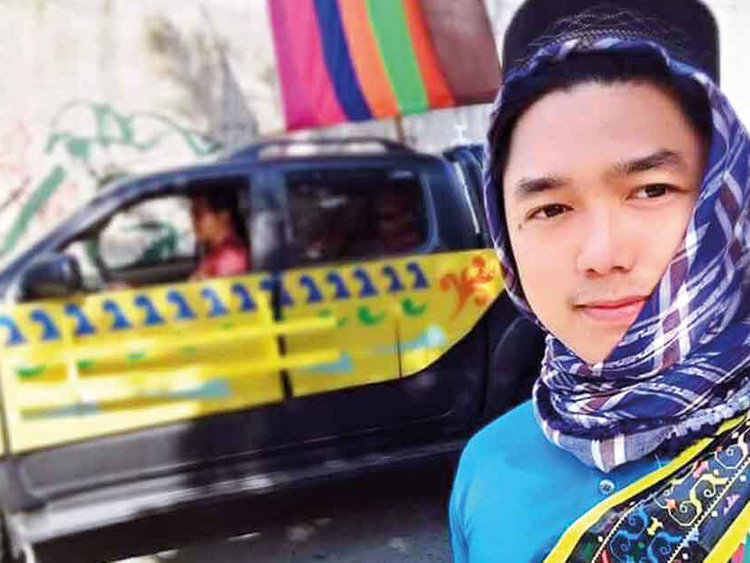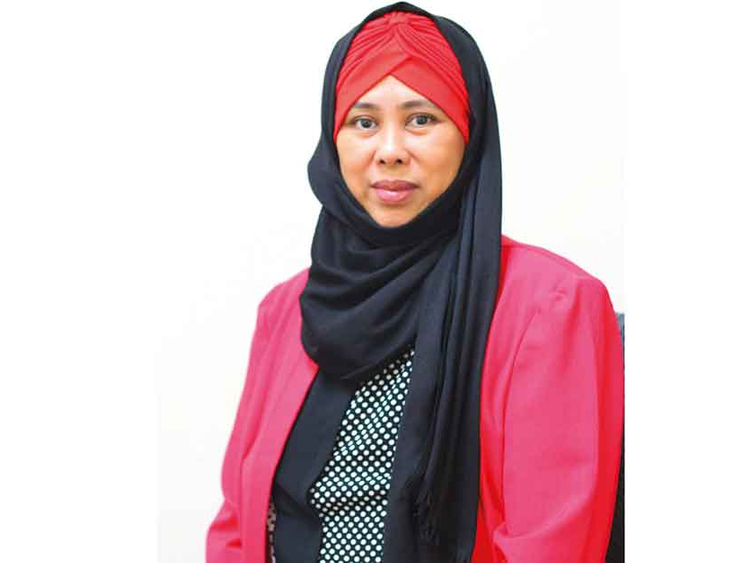The Philippines is a Christian-majority country, but like in the UAE, people of different religions coexist.
And just like in the UAE, Filipino Muslims eagerly await Ramadan as a
time to be with family and friends, although in different ways depending on their cultural background and traditions. GN Focus spoke to Filipino Muslims and asked them how they observe Ramadan and the unique dishes they love to prepare for iftar.
Hanifa Ampatua, president of the Maranao Community (Marcom) in the UAE, is celebrating this year’s Ramadan in the UAE. However, like many Filipinos, she longs to spend the holy month in her home town. “It’s really nice to spend Ramadan in the Philippines because my family is there,” she says.
Abdul Jalim Pangandaman, who hails from Bangon, Marawi City, agrees that Ramadan is an opportunity to spend more time with the family. “In the Philippines, we celebrate Ramadan with fasting, prayers and contemplation,” he says. “Iftar is the first meal you take after fasting and it’s common here in the Philippines to spend it with extended family as a way of bonding with them.
“We also have Muslim agencies such as the National Commission on Muslim Filipinos that offer free iftar. We gather as brothers and sisters to pray and do Taraweeh at night.”
Many Filipinos celebrating Ramadan in the UAE often visit friends and relatives for iftar. “Here in the UAE, our community, the Maranao community, gathers weekly in a sponsored iftar,” says Ampatua, who’s also from Marawi City, considered the Philippines’ only Islamic city.
“We go to different parts of the UAE like Abu Dhabi and Sharjah and gather during prayers and iftar. During weekdays, my relatives and I with close friends gather at home during iftar.”
Meanwhile, Dr Sharon Mendoza Dreisbach, who hails from a city that has a largely Christian population in the Philippines, says Ramadan feels more meaningful in the UAE. “Here in the UAE, you can feel that Ramadan is really coming,” she tells GN Focus. “You can see that Muslims are very excited. It’s really different, you can feel the essence of Ramadan. Perhaps when you are in Marawi or in Zamboanga (there is some excitement), but in my place in General Santos City you can’t feel Ramadan because the majority there are not Muslims.”
During Ramadan, Muslims eat two important meals. While suhour is the pre-dawn meal before the Fajr morning prayer, the official cannon roar ends the fast with the iftar, the evening meal. Families, relatives and friends unite to enjoy the spread of local delicacies.
Among the dishes served are budi (fish eggs), bungkaong (mudfish),
patir (rice with chicken strip toppings), randang (beef curry) and piarung (native chicken curry), which are all commonly seen in Muslim restaurants and dining tables in the Philippines.
Dr Dreisbach savours delicacies such as the lukot-lukot (a delicacy of the Tausug tribe), also known as tagaktak in the Cebuano language and ja in Sulu.
Many Filipino Muslims in the UAE usually prepare Maranao cuisine during Ramadan, since members of the Maranao tribe are dominant here. Palapa, an important ingredient in Maranao cooking, is mainly used as an ingredient in many Maranao dishes. It is made of caramelised shallots (sakurab in Maranao), ginger and chilli peppers.
“During iftar, we make sure we have this important ingredient, palapa, added to dishes to give more taste,” says Ampatua. “It is spicy because it has ginger and small chilli peppers. It is not available here in Dubai, we have to bring it from Marawi.”
“We also prepare beef randang mixed with palapa, chicken curry mixed with palapa and also pusan (small fish, but salty). For sweets, we have dodol, a Maranao delicacy that is made from sticky rice flour, coconut milk and sugar. It is also not available here in Dubai so we ask friends to bring it for us from Marawi,” adds Ampatua.
Top mosques to visit in the Philippines during Ramadan
Masjid Al Dahab
The mosque is located in the predominantly Muslim section of Quiapo district in Manila and is considered the largest mosque in Metro Manila. More commonly known as the Golden Mosque because of its gold-painted dome. Located in Globo de Oro Street, it can accommodate up to 3,000 worshippers.
Masjid Dimaukom
More popularly known as Pink Mosque, it is situated in Datu Saudi Ampatuan, Maguindanao, in the southern island of Mindanao. Masjid Dimaukom was painted pink to symbolise peace and love and was built by workmen to reflect inter-faith brotherhood and unity.
Shaikh Karim Al Makdum Mosque
The mosque is located in Tubig Indangan, Simunul in Tawi-Taw. It is the oldest mosque in the Philippines. It was built in 1380, by an Arab trader, Shaikh Makdum Karim, who introduced Islam to the country. The original pillars of the old mosque can still be found inside the new building.











